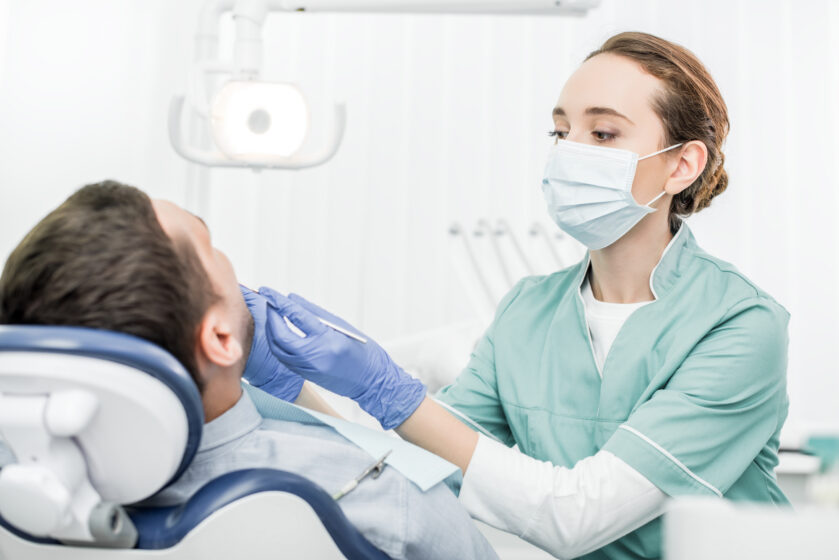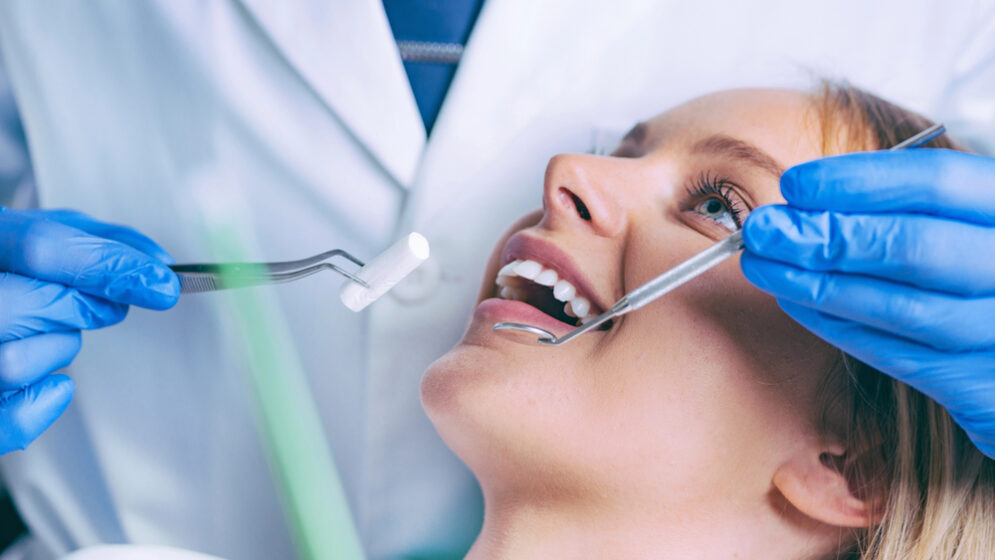Maintaining good oral health is crucial not just for a bright smile but for overall well-being. Despite the importance of dental hygiene, many people still experience common oral health issues. Understanding these issues and knowing how to prevent them can save you from significant discomfort and potential health problems. This article explores some of the most common oral health issues and effective prevention strategies, with a focus on the role of regular dental visits and the evolution of orthodontics.
Common Oral Health Issues
1. Cavities: Also known as dental caries, cavities are one of the most prevalent oral health issues. They occur when plaque—a sticky film of bacteria—builds up on teeth and produces acids that erode tooth enamel. Cavities can lead to pain, infection, and tooth loss if not treated promptly.
2. Gum Disease: Gum disease, or periodontal disease, starts with gingivitis, an inflammation of the gums that can progress to more severe conditions like periodontitis. Symptoms include swollen, bleeding gums, bad breath, and even tooth mobility. Gum disease is often caused by inadequate oral hygiene and plaque buildup.
3. Tooth Sensitivity: Tooth sensitivity is characterized by discomfort or pain in teeth when exposed to hot, cold, sweet, or acidic foods and beverages. This condition is often due to the thinning of enamel or gum recession, which exposes the dentin—a sensitive part of the tooth.
4. Bad Breath: Halitosis, commonly known as bad breath, can be caused by various factors, including poor oral hygiene, dry mouth, or underlying medical conditions. It is often a sign of an issue that needs addressing, such as gum disease or cavities.
5. Oral Cancer: Oral cancer can develop in any part of the mouth, including the lips, tongue, cheeks, and palate. Risk factors include tobacco use, excessive alcohol consumption, and HPV infection. Early detection is crucial for effective treatment and can significantly improve prognosis.
How to Prevent Common Oral Health Issues
1. Regular Dental Visits: One of the most effective ways to prevent dental problems is by scheduling regular dental visits. Dentists play a critical role in maintaining oral health through professional cleanings, examinations, and early detection of potential issues. By means of having regular dental visits help prevent dental problems by allowing early detection and timely treatment of potential issues. Additionally, your dentist can provide personalized advice on maintaining good oral hygiene and suggest preventive measures tailored to your needs.
2. Daily Oral Hygiene: Brushing your teeth twice a day with fluoride toothpaste and flossing daily are fundamental practices in preventing oral health issues. Fluoride helps strengthen tooth enamel, while flossing removes plaque and food particles from between teeth that brushing alone may miss. Using an antimicrobial mouthwash can also help reduce plaque and fight bad breath.
3. Healthy Diet: A balanced diet plays a significant role in oral health. Reducing the intake of sugary and acidic foods and beverages can help prevent cavities and enamel erosion. Incorporate foods rich in calcium, vitamin D, and phosphorus, such as dairy products, leafy greens, and nuts, to support strong teeth and gums.
4. Avoid Tobacco Products: Smoking and chewing tobacco are major risk factors for gum disease and oral cancer. Avoiding these products can significantly reduce your risk of developing serious oral health problems.
5. Protect Your Teeth: If you play contact sports or grind your teeth at night, consider using a mouthguard. Mouthguards protect your teeth from injuries and damage due to trauma or bruxism (teeth grinding).
The Evolution of Orthodontics
Orthodontics, the branch of dentistry focused on diagnosing, preventing, and treating dental and facial irregularities, has evolved significantly over the years. Modern orthodontic treatments offer more options and improved outcomes compared to traditional methods.
1. Traditional Braces: Early orthodontic treatments involved bulky metal braces with visible wires and brackets. Although effective, these braces often caused discomfort and required frequent adjustments.
2. Clear Aligners: In recent decades, clear aligners have revolutionized orthodontics. These removable, nearly invisible trays gradually shift teeth into their proper positions. Clear aligners offer a more aesthetically pleasing option compared to traditional braces and can be removed for eating and cleaning.
3. Lingual Braces: Lingual braces are placed on the inner surfaces of the teeth, making them invisible from the outside. This option combines the effectiveness of traditional braces with a more discreet appearance.
4. Accelerated Orthodontics: New techniques, such as accelerated orthodontics, use devices that speed up the tooth movement process, reducing the overall treatment time. These advancements help make orthodontic care more efficient and convenient.
5. Digital Technology: Advances in digital technology, such as 3D imaging and computer-aided design, have enhanced the precision of orthodontic treatments. These technologies allow for customized treatment plans and improved outcomes.
Preventing common oral health issues involves a combination of good daily habits, regular dental visits, and awareness of potential risks. The evolution of orthodontics has provided patients with more choices and better results, reflecting the ongoing advancements in dental care. By adopting effective preventive measures and staying informed about modern treatments, you can maintain excellent oral health and enjoy a confident, healthy smile for years to come.

